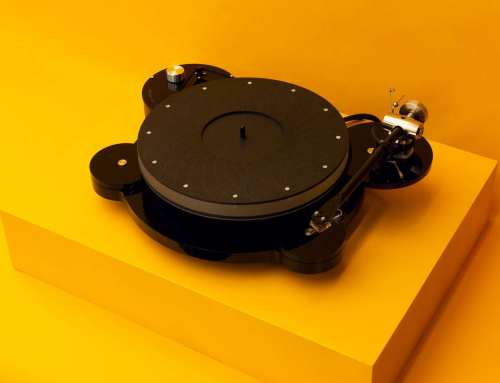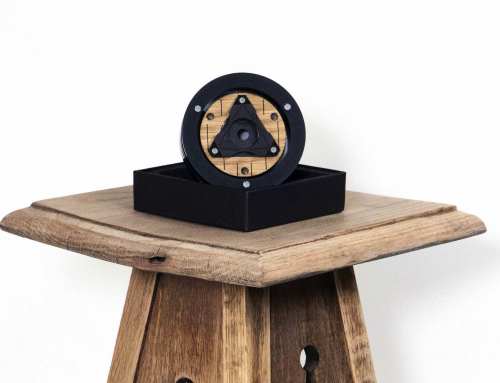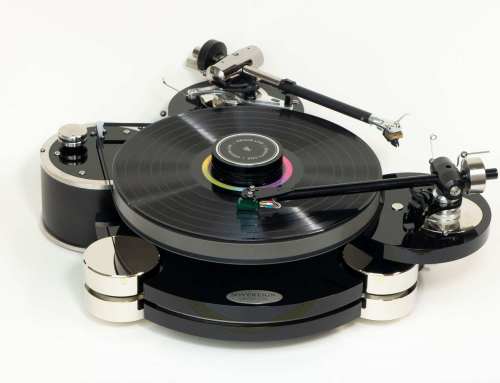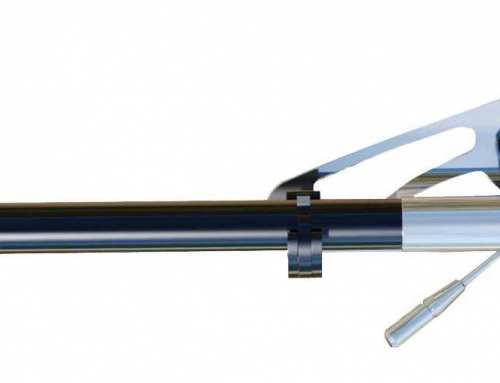BLOG POST
Why Is Analogue Sound From Turntables So Sensitive?
Turntables, Upgrades
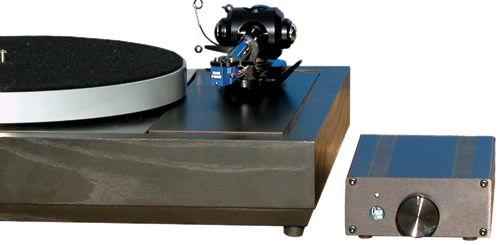
Upgrading turntables – why are they so responsive to modification?
This is the first of a series of articles on upgrading turntables. It’s a bit late in coming out due to an urgent order for our new Voyager super deck. Super decks are a great platform to develop new knowledge because the budget allows one to stretch the boundaries – the Voyager has proven exceptionally fruitful in this respect. More of this in future as there is one very interesting spin off that’s relevant for all turntables.
When it comes to upgrading your deck, even the most seemingly insignificant items are worthy of consideration. I often receive emails from clients saying how they really did not expect much change by ordering an item. The flip side of this is the astonishment and delight expressed in finding the improvement to be extraordinary. This is of course a shameless plug, but the real point is that it perfectly illustrates how the composition of a turntable is severely underestimated.
A typical comment on the fitting of our upgrade belt to an old budget deck (Dual CS515) was. “Yes it runs beautifully Mark – a dramatic sound improvement” PETER O’BRIEN – South Africa
Before even starting on the numerous aspects that can improve your deck, I believe it’s important to understand why changes you make, have such a dramatic impact on the hidden world that lies behind turntable performance. Experimentation quickly convinces you by results, but I know from experience, that there is deep scepticism of some things being nothing more than snake oil. It’s easy to understand how changing a cartridge makes a difference but not so easy to understand how changing to a better belt at £29 can make even more difference than upgrading to the next cartridge model.
Perhaps one of the most common misconceptions about record player performance is that it’s related to isolation from vibration in the room. This is a natural conclusion. You can feel bass notes hit you. If you touch a sideboard with music playing you feel vibration with your fingers. It often comes as a surprise to learn that these things may only represent as little as 15% of the vibration influencing a deck. There are other sources which are far more influential. Environmental room vibration is generally very low frequency stuff whilst these other sources emit vibration that affects everything.
This important truth is very easy to prove conclusively. Simply disconnect your speakers and listen to your record player through headphones. Next transfer the deck from one surface to another e.g your equipment rack to the floor and listen again. You should notice a substantial difference. This difference obviously has nothing to do with isolation from the environment because the environment is virtually silent so why is it occurring?
The main sources of vibration, in order of importance are
- The cartridge needle itself as it tracks the record – this sends vibration into the record and the tonearm.
- The Motor which feeds vibration into the belt and the structure it’s mounted on.
- The platter bearing – any friction here translates into vibration
The vibration from these sources is so small that it’s easy to dismiss them as being incapable of exerting serious influence. The truth is that a turntable is highly sensitive to these truly incredible levels of small vibration which we will look at later. Firstly, the important thing to consider is that any vibration has a ripple effect similar to explosive shock through an entire structure. Shock waves are extremely powerful – in water, they sink battleships – which is one reason why isolating a tonearm on a bed of silicon fluid is questionable.
When you play a record on a turntable, shock waves are occurring continuously at a microscopic level. These waves are transmitted at different speeds depending on their frequency and the material concerned. Some are reflected, some induce resonance into the structure, some are absorbed by friction, and some are transmitted into adjoining items. For the purposes of this article we will lump all this together under the term “micro-vibration” which as you may guess is an extremely complex phenomenon.
Micro-vibration in audio is incredibly quick and the effects are magnified beyond comprehension. One of the best illustrations of this is the human ear which stretches the bounds of credibility. On our website we quote a source which states “At the threshold of hearing the eardrum moves one tenth of the diameter of a hydrogen atom”. Let’s just pause at this point because it’s not easy to comprehend this sort of dimension. A physicist recently emailed me questioning this fact and asking for my sources – He asked “do you know how small a hydrogen atom is?”
Although he liked our products he suggested we remove this quote from our web site as it was ridiculous and would bring our credibility into question. We exchanged a few friendly emails in which I showed the maths behind the claim to be solid textbook stuff – See at very bottom of page for the equations if desired.
Let’s take a closer look at what it represents. The diameter of a hydrogen atom is 1.1 Å. For those of you unfamiliar with Angstroms (Å), one Angstrom is equivalent to 10^-7 mm. In other words if you lined up a row of hydrogen atoms next to one another, you would have 10,000,000 of them in the space of 1mm. An average human hair is approx 0.001mm so 10,000 hydrogen atoms would span it’s width. You can see from this that your eardrum is unbelievably sensitive to amplify such small movement and convert it into electrical impulses. In much the same way your cartridge senses almost immeasurably small movement and converts it into an electrical signal, which is then massively amplified. An estimate for the threshold of audible movement on a stylus needle is going to be almost infinitesimally small because the movement is analogue.
It never ceases to amaze me what is audible in turntable design – we’ve found that even the difference between using 5mm or 6mm bolt at the same tension is clearly audible using the same material etc. In summary, all you need to know is that you will hear the differences if you have a half decent system.
We believe playing vinyl is much more than dragging a piece of coal through a vinyl groove. Part of my background in designing Mine-sweeper ships to withstand explosive shock has given me a great respect for the intricacies of design for shock and vibration which is even more complex in record players. We research this endlessly so you don’t have to.

